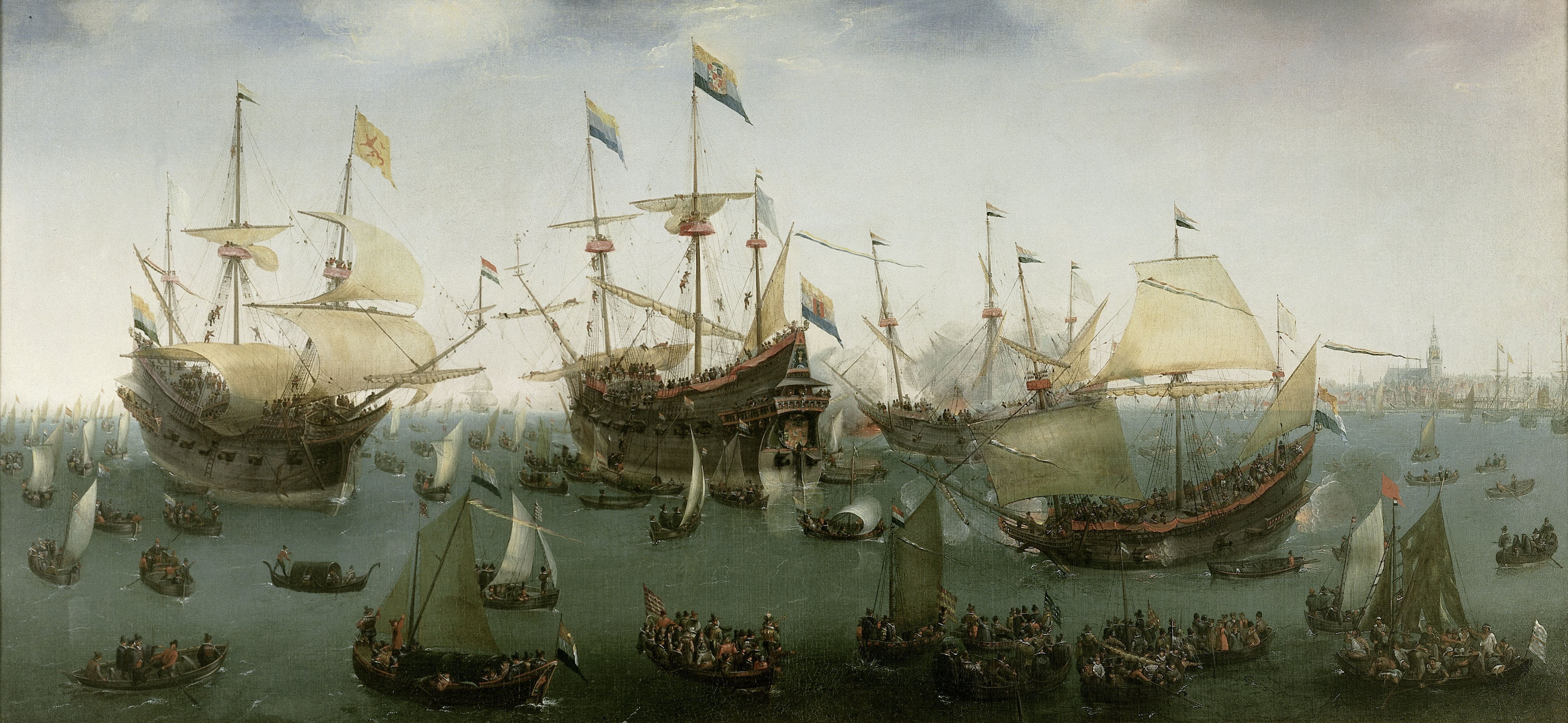Selected Topics in Architectural History and Theory: Sites of Exchange - Architecture and Capital Flows

Above: Hendrick Cornelisz Vroom, The Return to Amsterdam of the Second Expedition to the East Indies (1599), Rijksmuseum, Amsterdam, The Netherlands:
https://artsandculture.google.com/asset/the-return-to-amsterdam-of-the-…
ARC3307H S
Instructor: Jason Nguyen
Meeting Section: L9101
Synchronous
Wednesday, 9:00AM - 12:00PM
This seminar looks at the architecture of trade and exchange in the early modern and modern worlds. The aim is consider how the spatial, material, and technological aspects of architecture condition the global flow of capital. Whereas most architectural studies of capitalism have centred on labour and consumption practices, far fewer have looked at the actual sites of economic exchange, notably banks, trading posts, shipping centres, seaports and airports, boats, free trade zones, and stock exchanges. Scattered across the world for geographic, political, and economic reasons, these sites provide crucial information on the local and material dimension of capital networks. Indeed, considered collectively, they function as the built infrastructure of global capitalism itself. We begin with the intensification of maritime trade and empire in the early modern period and continue to modern-day digital trading and multinational banking. What local conditions (materials, ecologies, technologies, politics, etc.) contributed to the actual construction of these sites? How did the architectural development of modern capitalism intersect with technologies related to navigation, cartography, calculation, and computation? What can architecture tell us about the human (and dehumanizing) conditions of global capitalism and inequality, especially in regard to issues of race, ethnicity, and gender.

